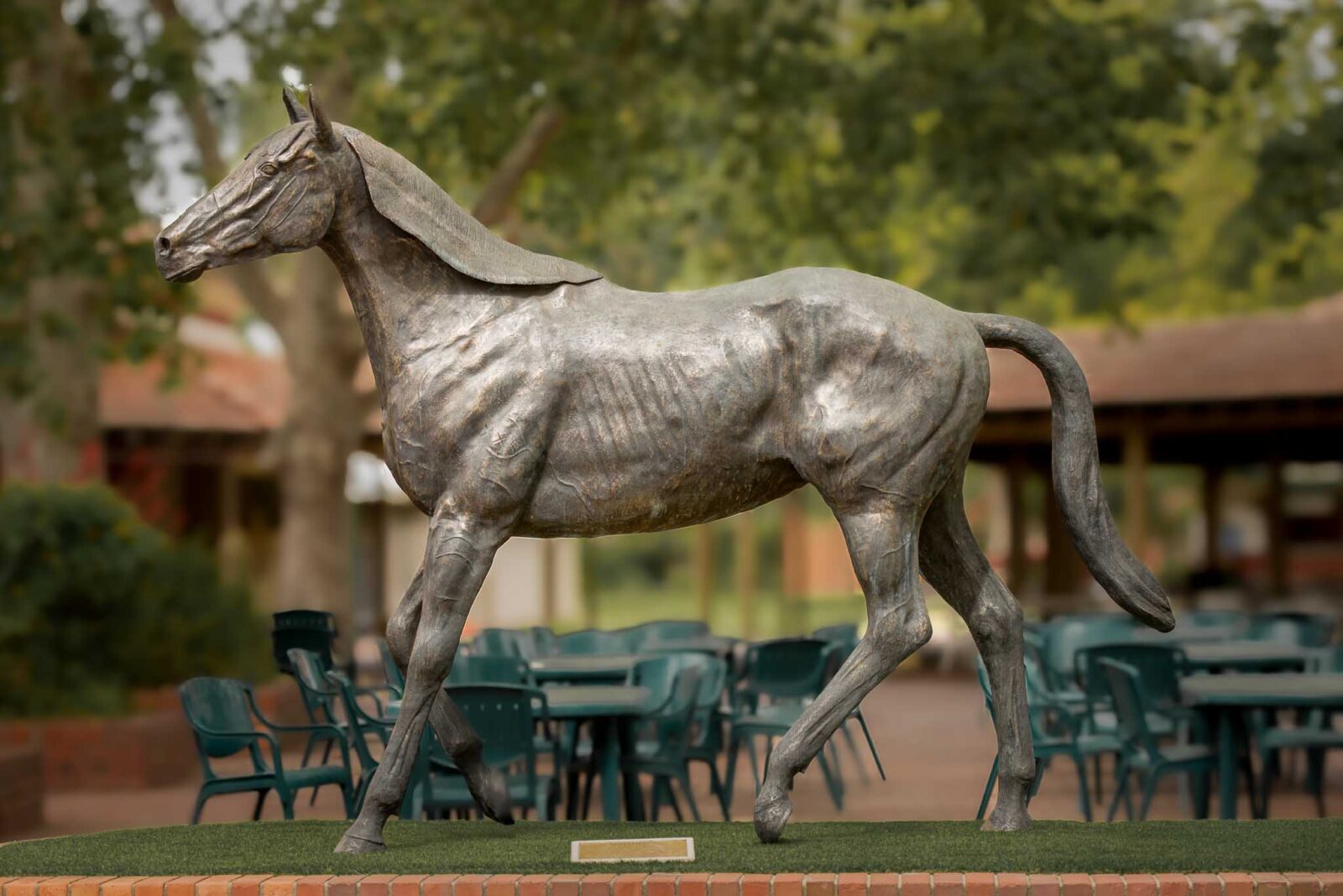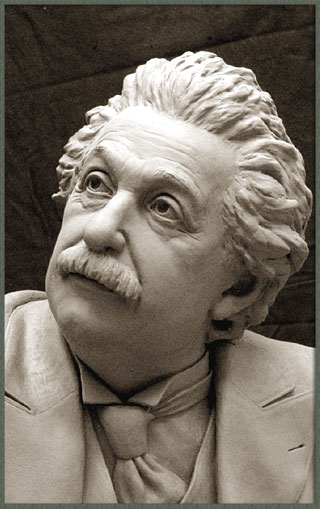The Advancement of Sculptures: From Ancient to Modern
The Advancement of Sculptures: From Ancient to Modern.
Sculpture, among the oldest types of art, has been an indispensable part of human world for centuries (Robert C Hitchcock Sculptor). From the old people of Egypt and Greece to the contemporary age, sculptures have actually developed, showing modifications in artistic techniques, materials, and social impacts. This trip via time traces the growth of sculptures, discovering the changes in vogue, topic, and artistic expression
Beginning with the old globe, sculptures crafted from stone and later bronze caught the essence of deities, leaders, and day-to-day life. The Renaissance duration witnessed a rebirth of timeless sculpting methods, as musicians sought to emulate the elegant kinds of old Greek and Roman sculptures. In the contemporary era, artists challenged standard limits, accepting abstraction and experimentation with brand-new products.

This exploration will look into the varied advancement of sculptures, disclosing the rich tapestry of imaginative expression across various durations and societies.
Ancient Sculptures: From Rock to Bronze
Old sculptures transitioned from being carved out of stone to being cast in bronze. Rock sculptures, while impressive in their own right, were restricted by the nature of the material.
The introduction of bronze as a tool for sculptures caused a transformation in imaginative expression. Bronze offered carvers the possibility to create detailed and lifelike forms that were not possible with stone. The procedure of casting bronze enabled the development of numerous duplicates of a sculpture, enabling wider circulation and conservation of these artistic masterpieces.
The shift from rock to bronze also saw a change in the subject of sculptures. While rock sculptures predominantly portrayed gods, sirens, and mythical figures, bronze sculptures started to reflect a more comprehensive variety of topics, consisting of everyday people and animals. This growth of subject issue showcased the versatility and versatility of the bronze medium.
Renaissance Resurgence: Shaping in the Timeless Style
The Renaissance resurgence of sculpture observed a revival in the classical style, building upon the innovations made throughout the transition from rock to bronze in old sculptures. Throughout this duration, musicians sought to recreate the classic aesthetic and ideals of charm that were prevalent in old Greek and Roman sculptures.
Among the crucial attributes of the Renaissance resurgence was the emphasis on naturalism and the human type. Sculptors like Donatello and Michelangelo strove to record the physiological details and expressions of their topics with extraordinary accuracy. They examined the body and incorporated their observations right into their sculptures, causing natural and practical depictions.
An additional essential aspect of the Renaissance revival was the expedition of point of view and depth. Musicians utilized methods such as contrapposto, where the weight of the body is shifted to one side, creating a sense of motion and dynamism. They additionally explore different materials, including marble and bronze, to achieve a level of elegance and intricacy in their sculptures.
The classic style of the Renaissance resurgence had an extensive influence on later durations of art, working as a structure for the growth of Western sculpture. It brought a restored recognition for the elegance and splendour of the human kind, and its tradition can still be seen in contemporary sculptures today.
Innovation and the Avant-Garde: Breaking Typical Boundaries

Among the vital characteristics of modernist sculpture was the focus on abstraction. Carvers relocated away from sensible representations and instead concentrated on capturing the significance of the subject with streamlined kinds and geometric forms. This separation from typical depiction enabled artists to reveal their emotions and ideas in an extra individual and subjective manner.
Furthermore, the progressive activity tested societal norms and conventions, urging musicians to experiment and press the limits of their art - Portrait Sculptor. Artists began incorporating non-traditional materials such as found things, industrial materials, and also natural elements right into their job. This exploration of brand-new products and methods not just increased the possibilities for sculpture yet likewise challenged the standard ideas of what might be taken into consideration art
Contemporary Sculptures: Discovering New Products and Concepts
With a focus on discovering new products and ideas, modern sculptures have transformed the area of art. Artists today are pushing the borders of standard sculpture by trying out and using cutting-edge materials with abstract concepts. These sculptures test conventional concepts of significance, materiality, and kind, inviting customers to participate in a provocative and brand-new creative experience.
Contemporary artists are embracing a vast array of materials, consisting of plastic, glass, metal, and even natural issue. Contemporary Sculptures. They are not limited to the conventional tool of rock or clay, enabling higher flexibility of expression and testing. This change in the direction of non-traditional products has actually opened new opportunities for artists to create sculptures that are dynamic, interactive, and visually striking
In enhancement to exploring brand-new products, modern sculptures also look into complicated and abstract principles. Artists are now exploring themes such as identity, social problems, and the setting, using sculpture as a powerful medium for social commentary and self-questioning. These sculptures challenge customers to think seriously and involve with art on a much deeper level, triggering conversations and prompting psychological feedbacks.
Global Influences: Sculptural Traditions From All Over The World

In ancient Egypt, sculptures were created mainly for religious and funerary objectives. The iconic sculptures of pharaohs and gods, such as the Great Sphinx and the breast of Queen Nefertiti, showcase the Egyptians' proficiency of rock carving and their idea in the afterlife.
In old Greece, sculpture reached its top throughout the classical period. Influenced by the suitables of harmony, proportion, and appeal, Greek sculptures emphasized the human form and celebrated the accomplishments of heroes, athletes, and gods. The popular sculptures of Aphrodite of Knidos and the Discobolus exemplify the Greeks' search of excellence in sculptural art.
In ancient Rome, sculpture offered both artistic and political purposes. Portrait Sculptor. Roman sculptures typically portrayed emperors, generals, and mythological numbers, mirroring the power and magnificence of the empire. The marble statuary of Augustus of Prima Porta and the monumental Arc of Constantine are significant examples of Roman sculptural success
Asian sculptural customs, specifically in India, China, and Japan, have also had an extensive impact on the development of sculptures. Japanese sculptures, affected by Buddhism, stress simplicity and harmony, seen in the serene sculptures of Buddha and the classy art of bonsai.
The global influences on sculpture continue to develop in the contemporary era. As we look to the future, it is specific that the global influences on sculpture will proceed to shape and redefine this ancient art type.
Verdict
Finally, the advancement of sculptures has actually seen a change from old stone and bronze functions to the timeless resurgence throughout the Renaissance. This was complied with by the breaking of conventional boundaries web with innovation and the progressive activity. Today, contemporary sculptures explore new materials and ideas, while also attracting ideas from worldwide sculptural customs. The trip of sculptures mirrors the ever-changing imaginative expressions and cultural influences throughout background.
From the ancient human beings of Egypt and Greece to the modern era, sculptures have actually evolved, reflecting modifications in creative strategies, products, and social influences.Beginning with the ancient world, sculptures crafted from stone and later bronze caught the essence of divine beings, leaders, and day-to-day life.Old sculptures transitioned from being sculpted out of rock to being cast in bronze. While rock sculptures mostly depicted gods, goddesses, and mythological figures, bronze sculptures began to show a wider variety of subjects, consisting of everyday individuals and pets.In conclusion, the evolution of sculptures has actually seen a shift from ancient stone and bronze functions to the timeless rebirth throughout the Renaissance.